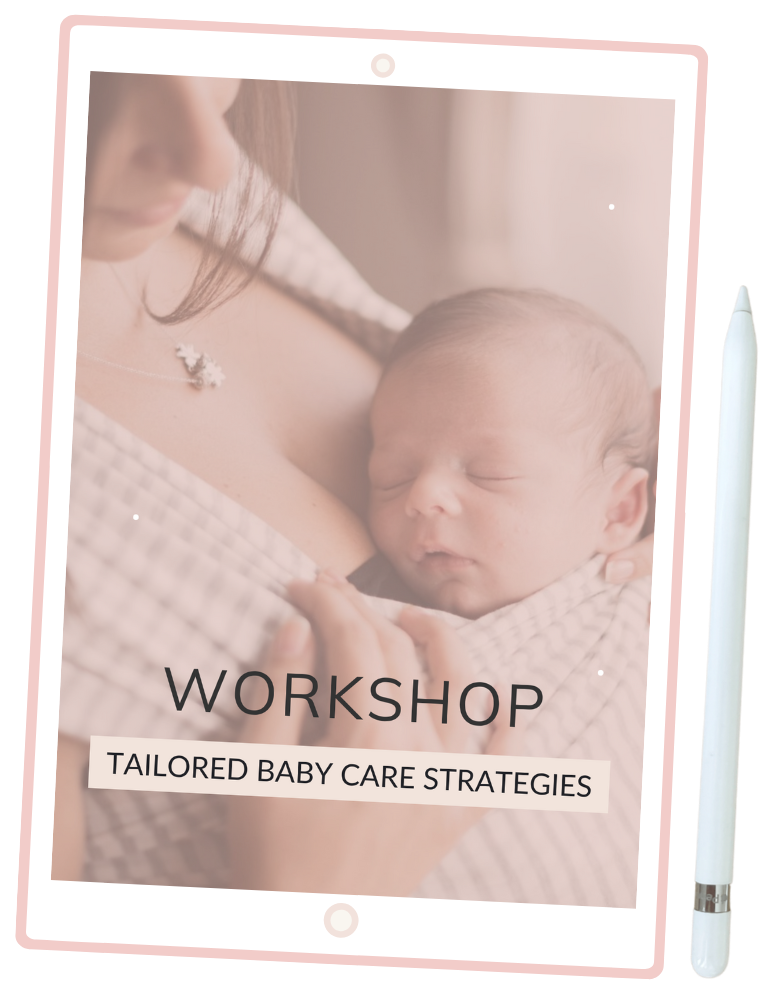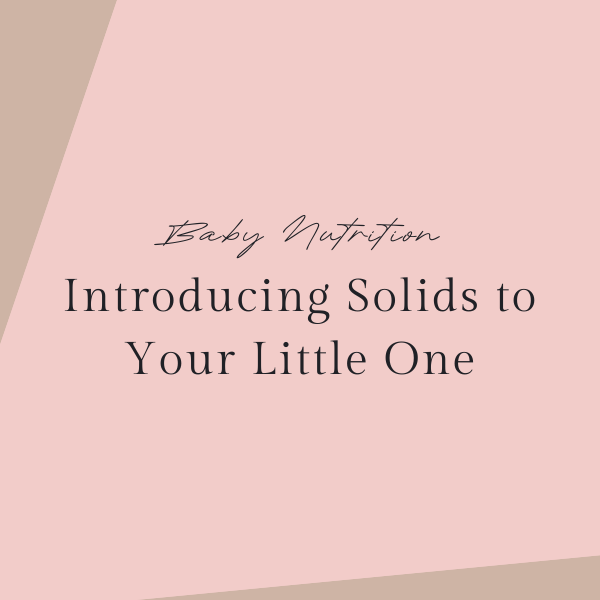Baby Nutrition: Introducing Solids to Your Little One
Introducing solids is an exciting milestone in your baby’s growth and development. As your little one transitions from breast milk or formula to solid foods, it’s essential to know when and how to start, what foods to offer, and how to ensure a balanced diet. Baby Nutrition: Introducing Solids to Your Little One is your comprehensive guide to making this journey smooth, enjoyable, and nutritious for both you and your baby.
When to Start Solids
The American Academy of Pediatrics recommends introducing solids around six months of age when babies show signs of readiness. These signs include sitting up with little support, showing interest in food, and the ability to swallow without pushing food out with their tongue. Starting too early or too late can impact digestion and nutritional intake, making it crucial to recognize your baby’s cues.
First Foods and How to Introduce Them
Begin with single-ingredient purees such as mashed avocado, banana, sweet potato, or iron-fortified baby cereal. Gradually introduce new foods one at a time, waiting at least three to five days before adding another to monitor any allergic reactions. As your baby gets used to new textures and flavors, you can move on to soft-cooked vegetables, fruits, and proteins like pureed chicken or lentils.
Baby-Led Weaning vs. Spoon-Feeding
Parents can choose between traditional spoon-feeding with purees or baby-led weaning (BLW), where babies self-feed soft, appropriately sized finger foods. Each method has benefits—purees allow for controlled introduction, while BLW encourages independence and motor skill development. Some parents prefer a combination approach, incorporating both methods based on their baby’s preference and readiness.
Nutritional Needs and Allergies
Iron and zinc become essential nutrients at six months, making iron-rich foods like meat, beans, and fortified cereals an important part of the diet. Additionally, introducing allergenic foods like peanuts, eggs, and dairy early—under a doctor’s guidance—can help reduce the risk of allergies. Watching for signs of intolerance or allergic reactions, such as rashes, vomiting, or difficulty breathing, is crucial during this stage.
Building Healthy Eating Habits
Creating a positive mealtime environment helps establish lifelong healthy eating habits. Offer a variety of textures and flavors, avoid processed foods with added sugars or salt, and encourage self-feeding when possible. Keep mealtimes relaxed, follow your baby’s hunger and fullness cues, and remember that messy eating is a normal part of the learning process.
Common Challenges and Solutions
Some babies may refuse certain foods, gag on textures, or be slow to accept solids. Patience is key—continue offering foods multiple times without pressure. If concerns arise, such as persistent feeding difficulties or weight concerns, consult a pediatrician for guidance.
Conclusion
Baby Nutrition: Introducing Solids to Your Little One equips parents with the knowledge and confidence to make mealtime an enjoyable and nutritious experience. By understanding your baby’s readiness cues, offering a balanced variety of foods, and fostering healthy eating habits, you can set the foundation for a lifetime of good nutrition. Enjoy this exciting phase as your baby explores new flavors and textures on their journey to independent eating!



